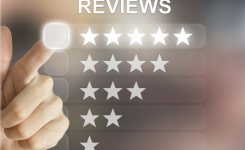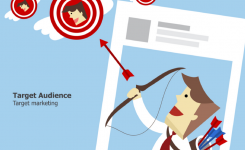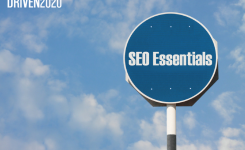News
Custom Audiences: Your Facebook Advertising Secret Weapon
Facebook boasts an unsurpassed audience, but what makes the platform valuable to marketers isn’t how many users there are—it’s how narrowly you can segment that audience, targeting the people who see your ads and your content. When done correctly, audience targeting allows you to ensure that your ads are displayed only to the customers you’re specifically trying to reach; this effectively removes the risk of “wasted” ad dollars and provides immense benefits for your digital marketing campaign.
The Facebook Ads platform offers a lot of useful targeting functions—too many for us to get into in a single blog post. Today, we want to look at what Facebook calls Custom Audiences—a handy way for you to control how your ads are displayed.
About Custom Audiences
A Custom Audience is exactly what its name suggests—a grouping of Facebook users that you can select and customize. Once you create a Custom Audience, you can ensure that the ads you pay for are only displayed to the users in that group. This allows for incredible control in your own marketing endeavors.
There are different ways to build a custom audience, too. Here are some of the primary ones to consider.
Custom Audiences from an Existing List
If you already have a list of customers you wish to target, you can upload it directly to Facebook and trust the Facebook algorithms to handle everything else for you. This might be a list of email addresses, phone numbers, or Facebook user identities, and it can be uploaded as an Excel spreadsheet or a MailChimp contact list. Facebook is not always able to locate and match 100 percent of the people on your list—and obviously, it won’t be able to find any of your customers who don’t have Facebook—but it’s usually pretty accurate and pretty thorough.
Website Lists
Another useful option is to create an audience based on your website traffic. You can choose to have your ads displayed only to people who have previously visited your site, and you can even limit it to recent site visits—within the last week or the last month, for example. Facebook will also allow you to target users who visited certain pages of your site—so, for example, you can show ads to people who have already browsed certain products or services. A website-based audience will require you to create a Facebook Pixel code and install it on your website, but this is a fairly quick and easy process.
Lookalike Audiences
Here’s one more option for us to note. Say you have already created a target audience on Facebook, and the people in your audience have responded well to the ads you’ve run. Using the Lookalike Audience function, you can task Facebook with locating more people who mirror the demographics of your existing audience. This can be an invaluable way to expand on your previous advertising success.
Learning Your Way Around Facebook Custom Audiences
Facebook Ads provides a number of deep, rich features, which is very much a positive thing, but it does come with a downside: It may take some time to become comfortable with some of the more sophisticated features, like Custom Audiences. Remember that you can always make small bids while you feel your way around these new features, then scale up once you become more knowledgeable.
Also remember that you do not have to navigate these waters alone. Driven2020 has Facebook Ads expertise, and we’d love to talk with you about how Facebook Ads—and Custom Audiences—can benefit your integrated marketing approach. Contact us today to start this important conversation.









